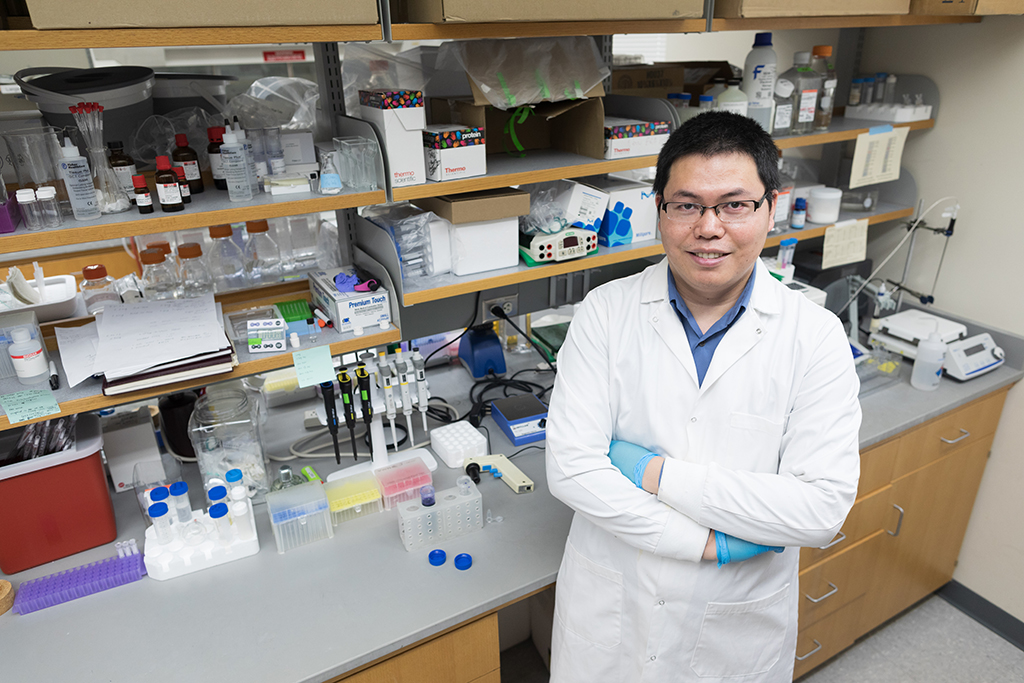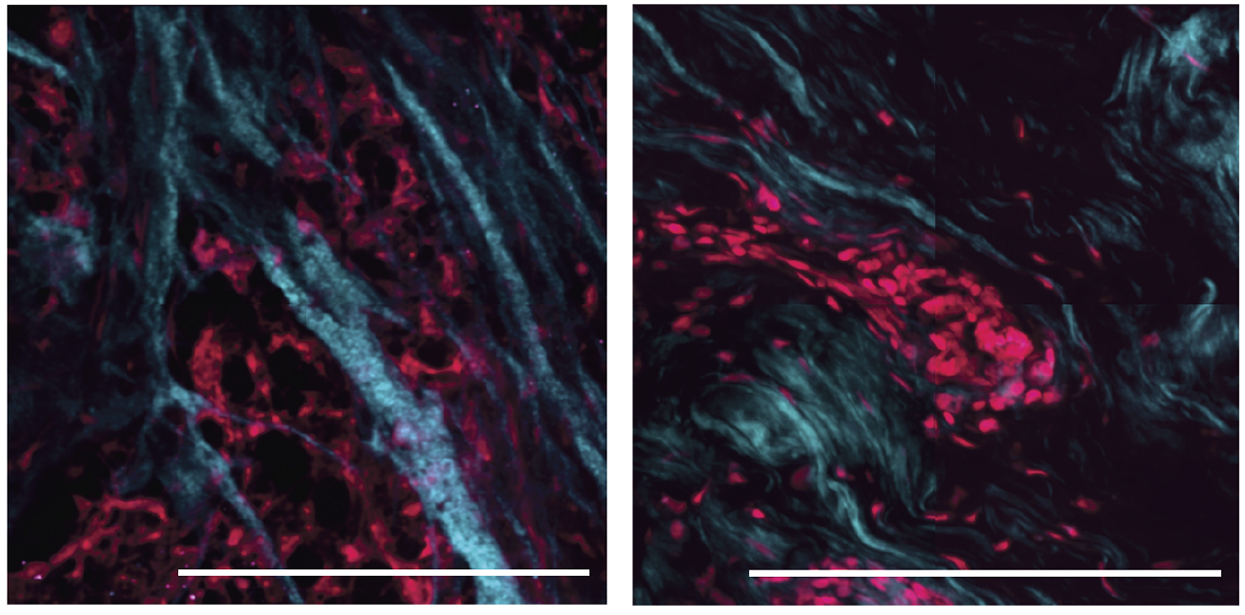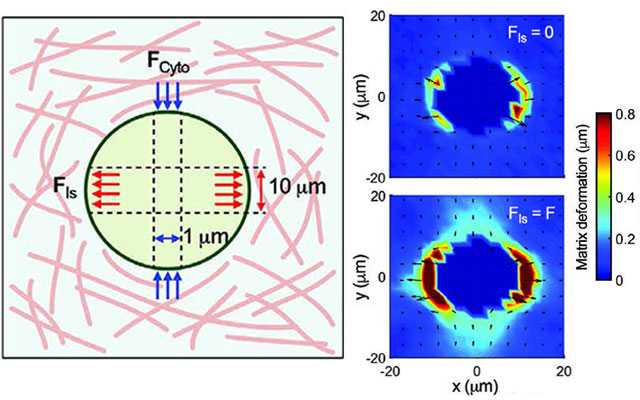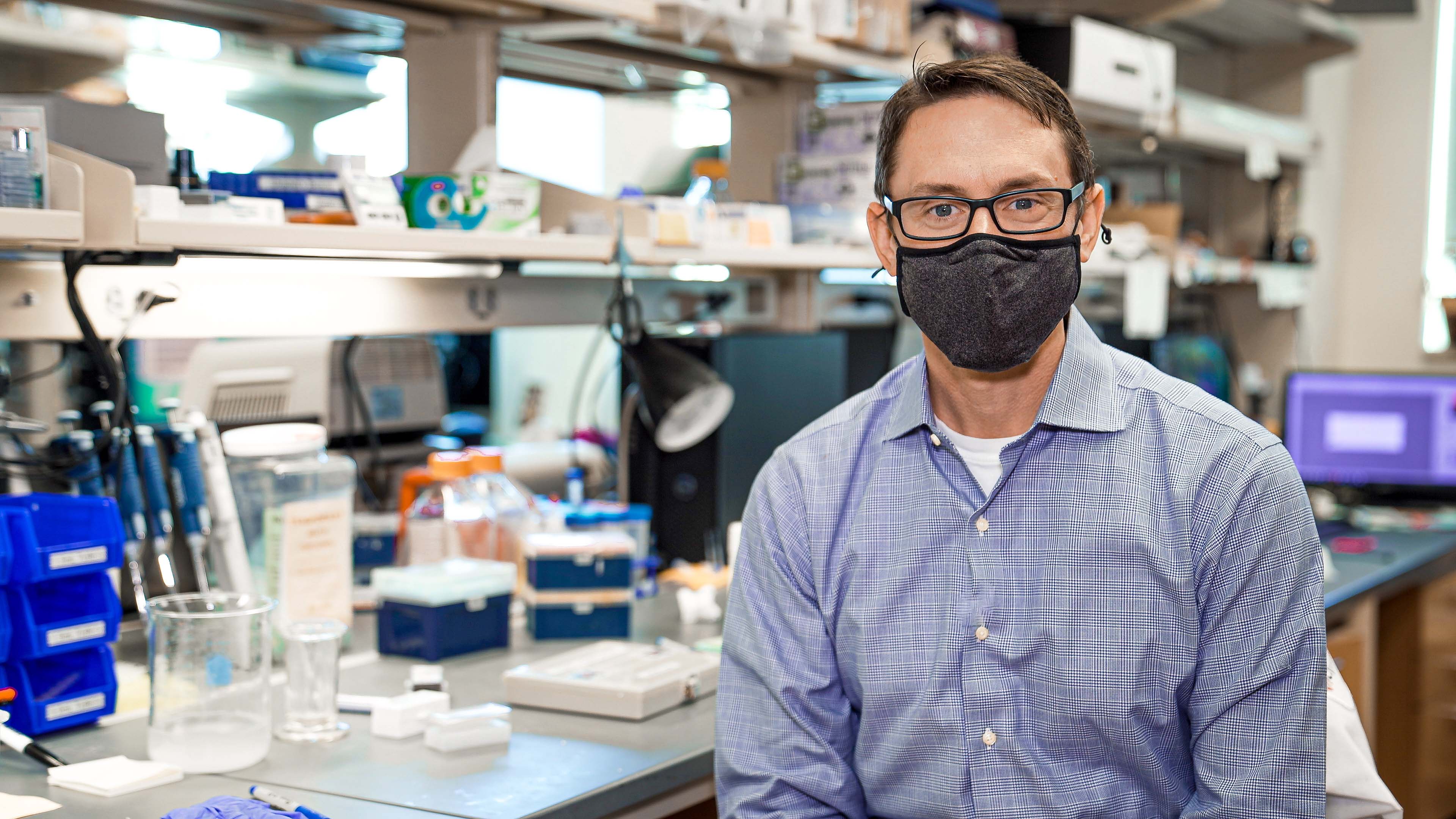Nutritional supplements offer a convenient way to easily increase your daily intake of vitamins, minerals, and other nutrients without making significant lifestyle changes.
Tag: Collagen
Why dinosaur collagen might have staying power
Now, scientists report in ACS Central Science that the unique tenacity of collagen in dinosaur skeletons may result from a molecular structure that shields these vulnerable bonds from attack by water that’s present in the environment.
Exosomes from umbilical cord mesenchymal stromal cells promote the collagen production of fibroblasts from pelvic organ prolapse
BACKGROUNDPelvic organ prolapse (POP) involves pelvic organ herniation into the vagina due to pelvic floor tissue laxity, and vaginal structure is an essential factor. In POP, the vaginal walls exhibit abnormal collagen distribution and dec
How tumor stiffness alters immune cell behavior to escape destruction
Researchers at Sanford Burnham Prebys, with collaborators, illuminate how the fibrotic tumor microenvironment creates an inhospitable milieu for anti-tumor immunity, not just by creating a physical barrier but through metabolic changes that suppress the anti-tumor function of responding immune cells.

Pancreatic cancer is difficult to treat. Nano-drugs hitching a ride on bacteria could help.
Many pancreatic tumors are like malignant fortresses, surrounded by a dense matrix of collagen and other tissue that shields them from immune cells and immunotherapies that have been effective in treating other cancers. Employing bacteria to infiltrate that cancerous fortification and deliver these drugs could aid treatment for pancreatic cancer, according to newly published findings from a team of University of Wisconsin–Madison researchers.
Disrupted cellular function behind type 2 diabetes in obesity
Disrupted function of “cleaning cells” in the body may help to explain why some people with obesity develop type 2 diabetes, while others do not.
Why does skin get ’leathery’ after too much sun? Bioengineers examine cellular breakdown
A study from Binghamton University, State University of New York researchers explores how ultraviolet radiation can alter the microstructure of human skin. Particularly affected is collagen, the fibrous protein that binds together tissue, tendon, cartilage and bone throughout our bodies.
Recently discovered protein domain regulates collagen transport
Collagen is the protein that holds our body together. It is produced inside cells, from where it must be transported to its site of action in connective tissue.

Scientists develop novel mRNA delivery method using extracellular vesicles
A team of researchers led by The University of Texas MD Anderson Cancer Center has developed a novel delivery system for messenger RNA (mRNA) using extracellular vesicles (EVs). The new technique has the potential to overcome many of the delivery hurdles faced by other promising mRNA therapies.
Heart of Aging Female Mice Produce More Collagen than Males, Develops More Scarring
Article title: Sex-specific phenotypes in the aging mouse heart and consequences for chronic fibrosis Authors: Aude Angelini, Jesus Ortiz-Urbina, JoAnn Trial, Anilkumar K. Reddy, Anna Malovannaya, Antrix Jain, Mark L. Entman, George E. Taffet, Katarzyna A. Cieslik From the authors:…
Selective, Toxin-Bearing Antibodies Could Help Treat Liver Fibrosis
UC San Diego researchers discovered that immunotoxins targeting the protein mesothelin prevent liver cells from producing collagen, a precursor to fibrosis and cirrhosis, in mouse models of human disease.

Therapeutic resistance linked to softer tissue environment in breast cancer
Researchers at the University of California, San Francisco, have discovered that aggressive, triple-negative breast cancers (TNBCs) can evade treatment by reorganizing and softening the collagen matrix that surrounds the cancer cells. The study, which will be published April 2 in the Journal of Experimental Medicine (JEM), shows that the softer matrix activates a signaling pathway that promotes the cancer cells’ survival, and suggests that targeting this pathway could enhance the effectiveness of chemo- and radiotherapy in TNBC patients.

Collagen plays protective role during pancreatic cancer development
Contrary to long-held beliefs, new research finds that collagen in the tumor microenvironment may not promote cancer development but plays a protective role in controlling pancreatic cancer growth. The new findings could have important therapeutic implications.

Supercomputers Illustrate the Mechanical Process of Cancer Growth
According to the World Health Organization, one in six worldwide deaths are attributed to cancer, but not due to initial malignant tumors. They were caused by the spread of cancer cells to surrounding tissues, which consist largely of collagen. That was the focus of a recent study by Stanford University and Purdue University researchers.

Virginia Tech researchers uncover mechanisms that wire the brain’s cerebral cortex
A research team at the Fralin Biomedical Research Institute at VTC has identified the type of brain cell that produces a protein that is crucial for the formation of inhibitory circuits in the brain. This insight could one day help scientists establish the basis for developing new drugs that mature or repair cellular networks.